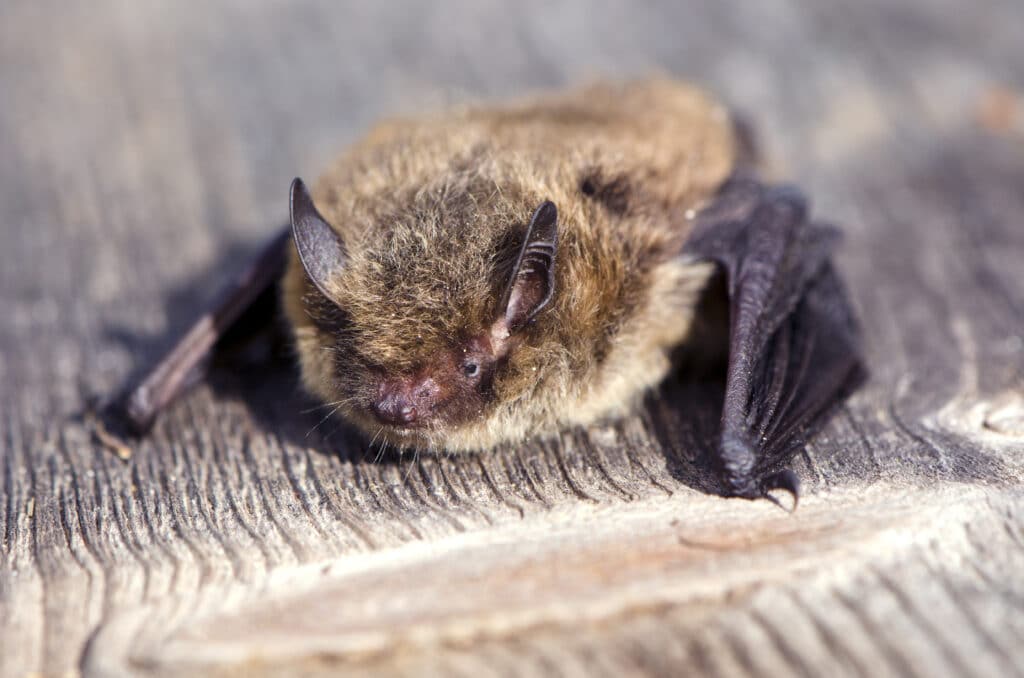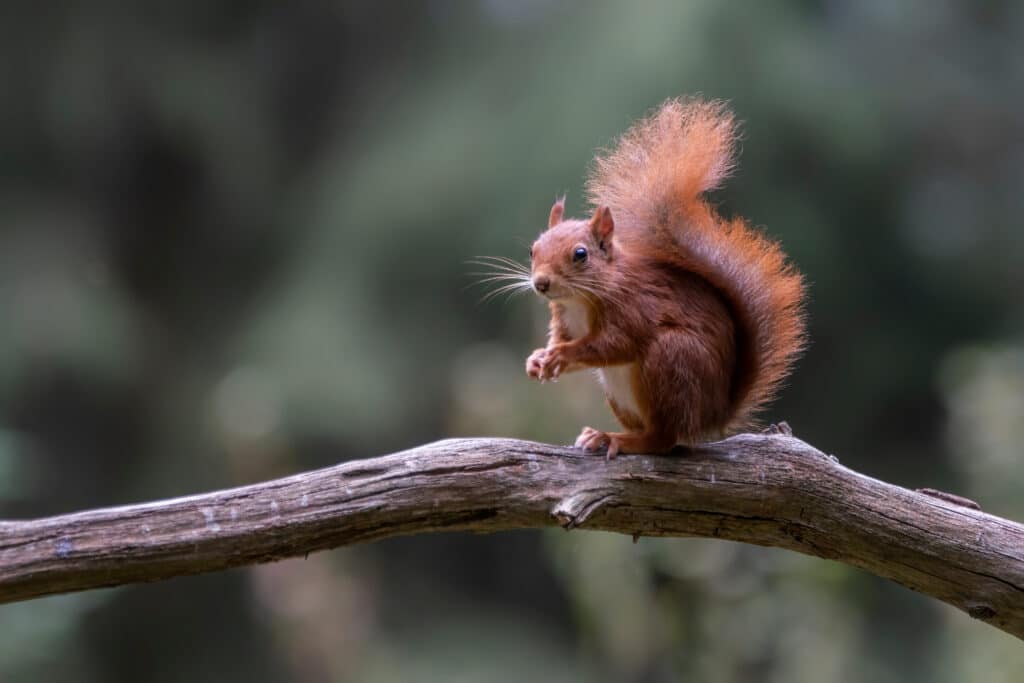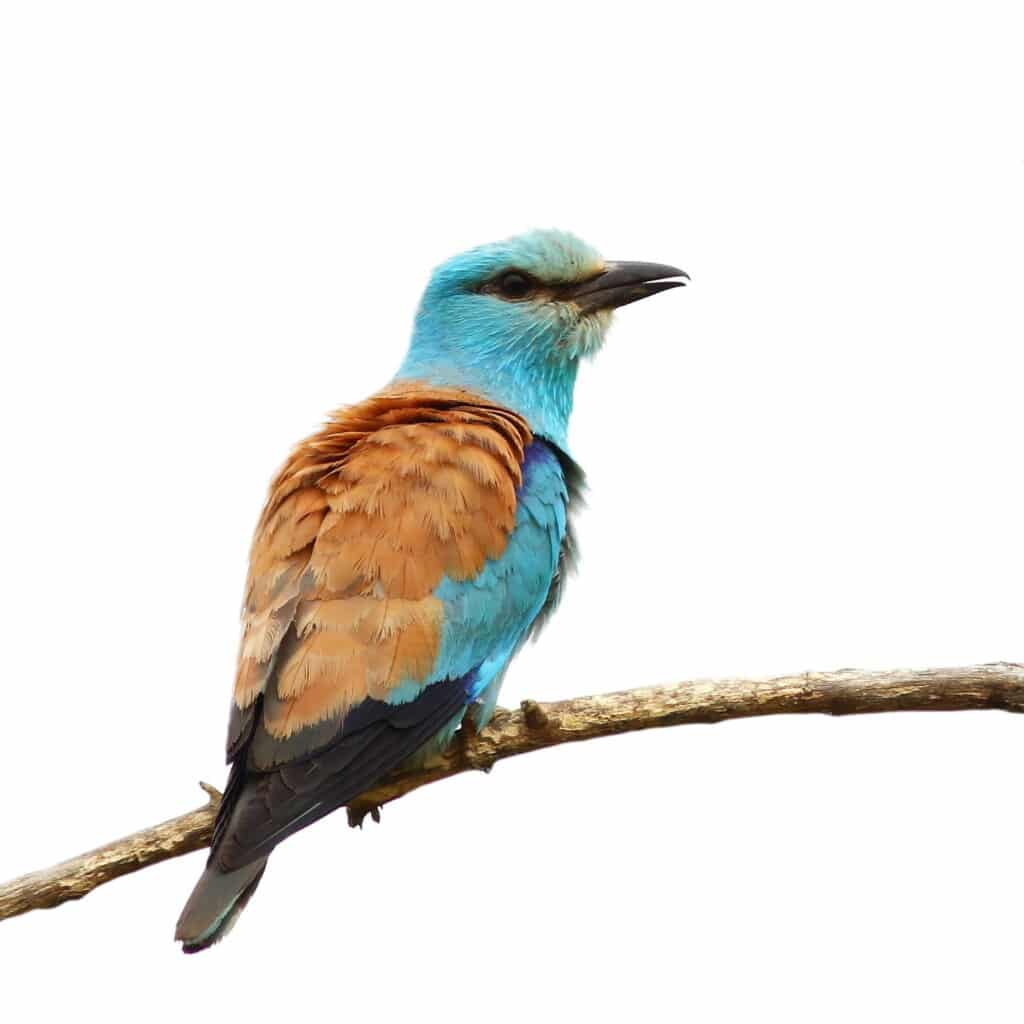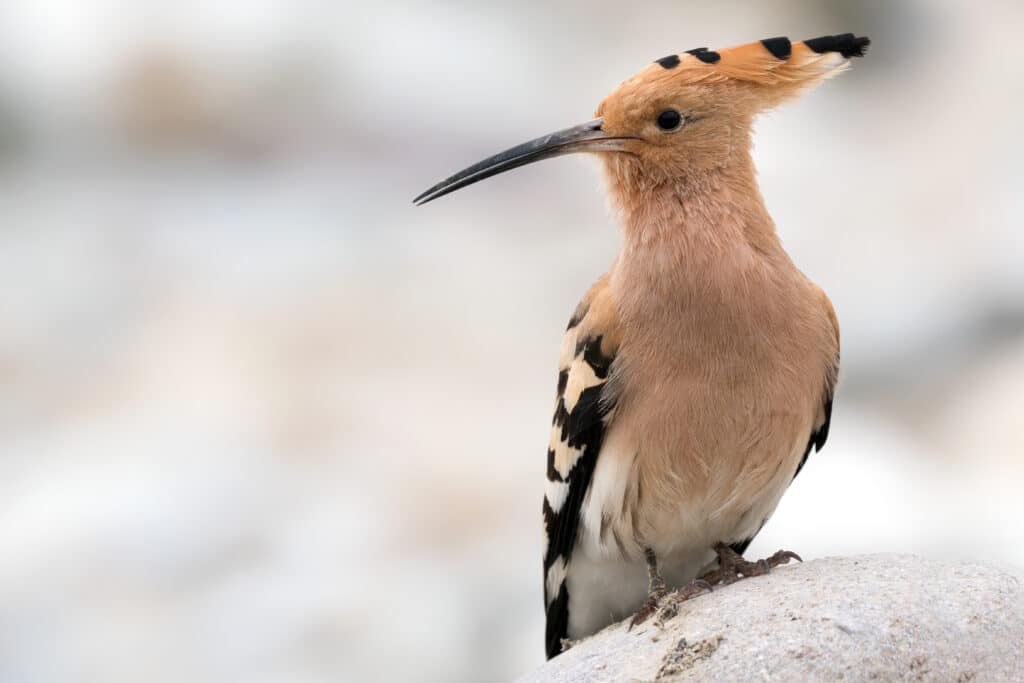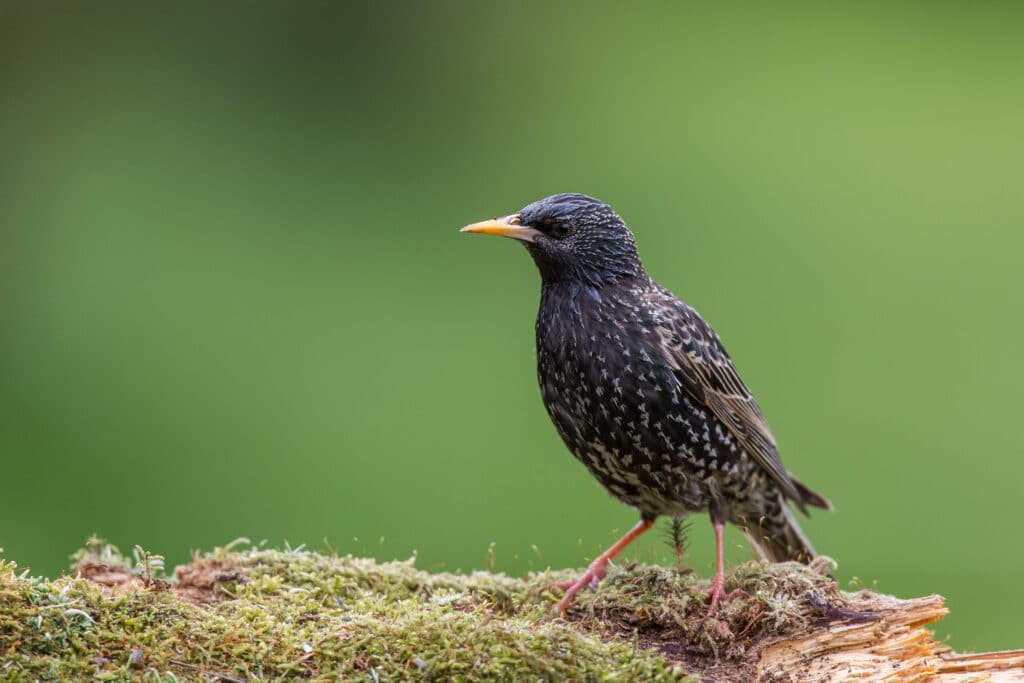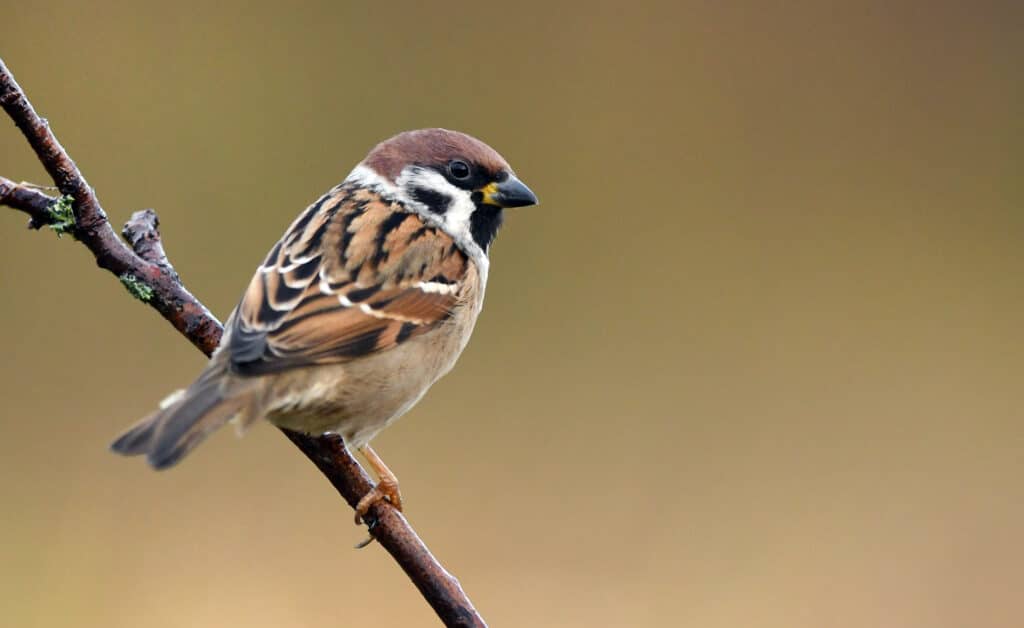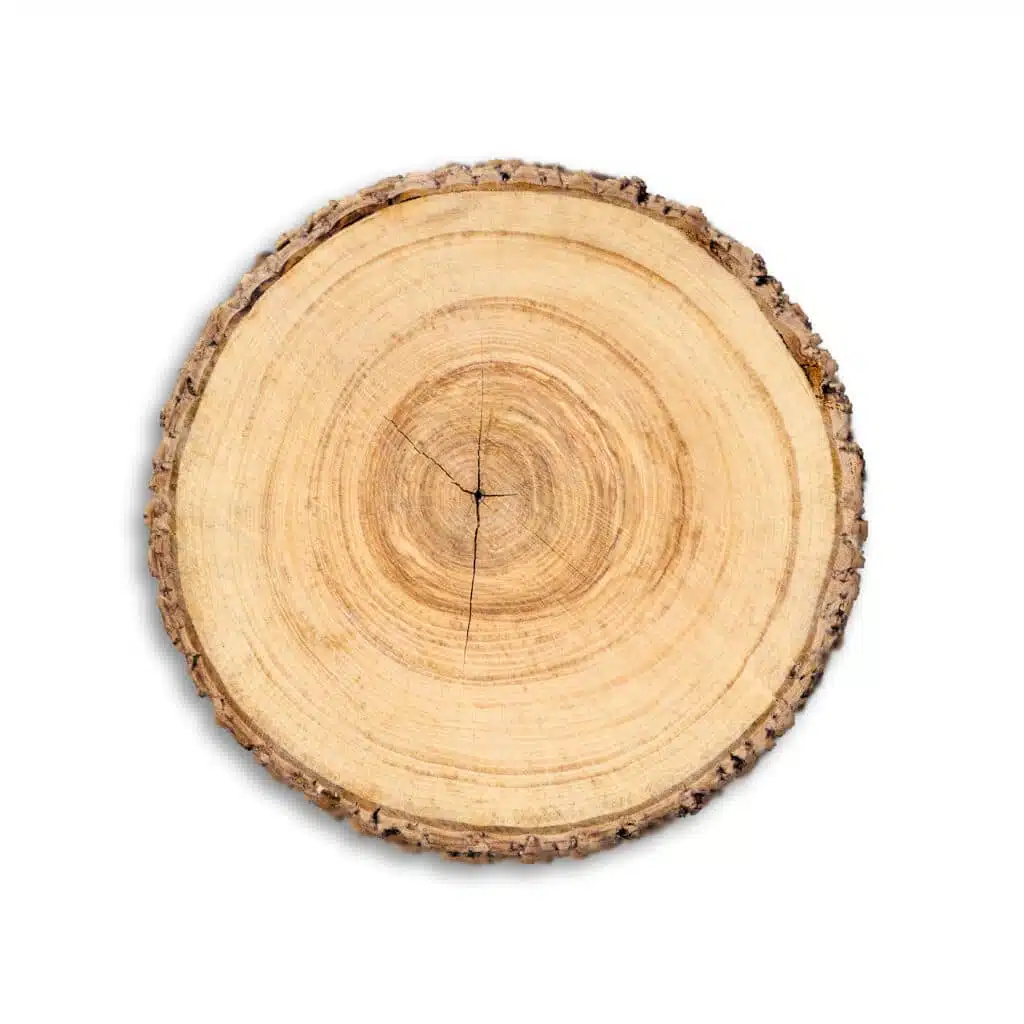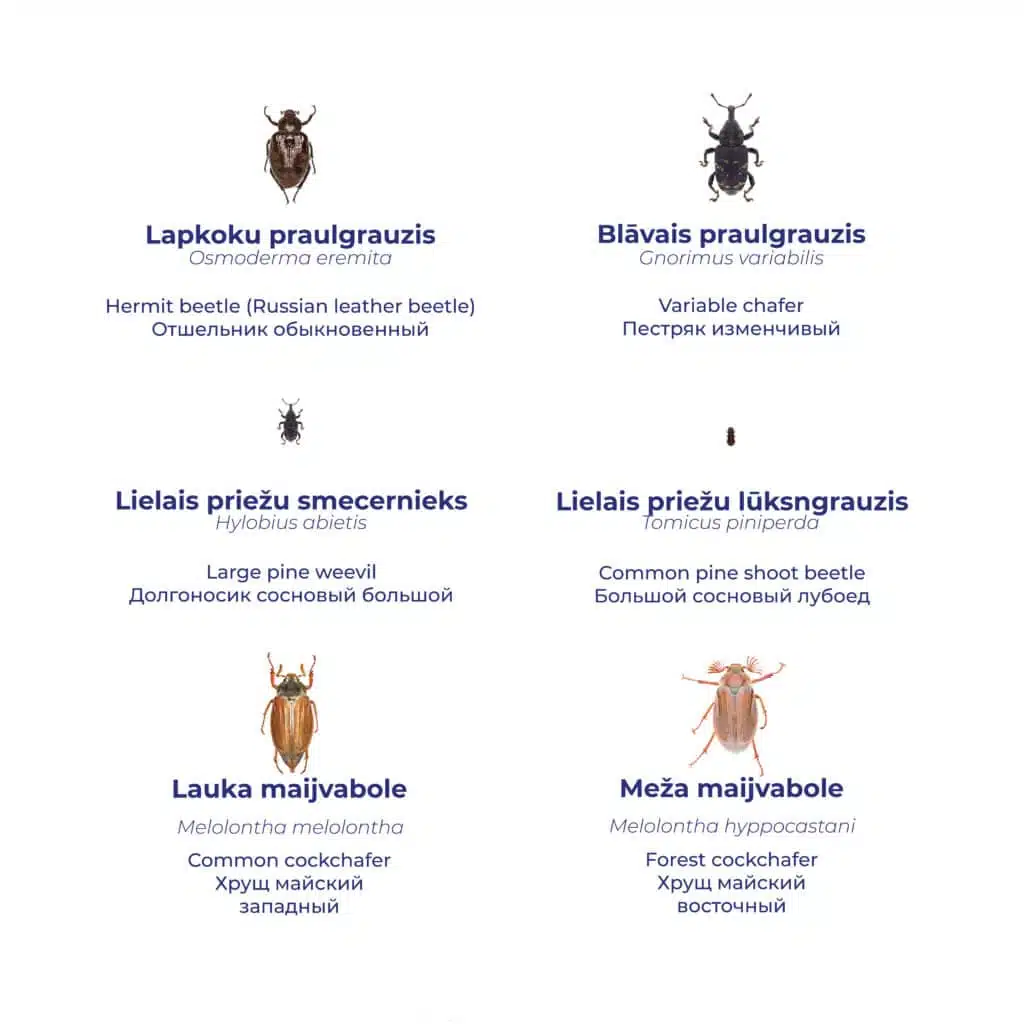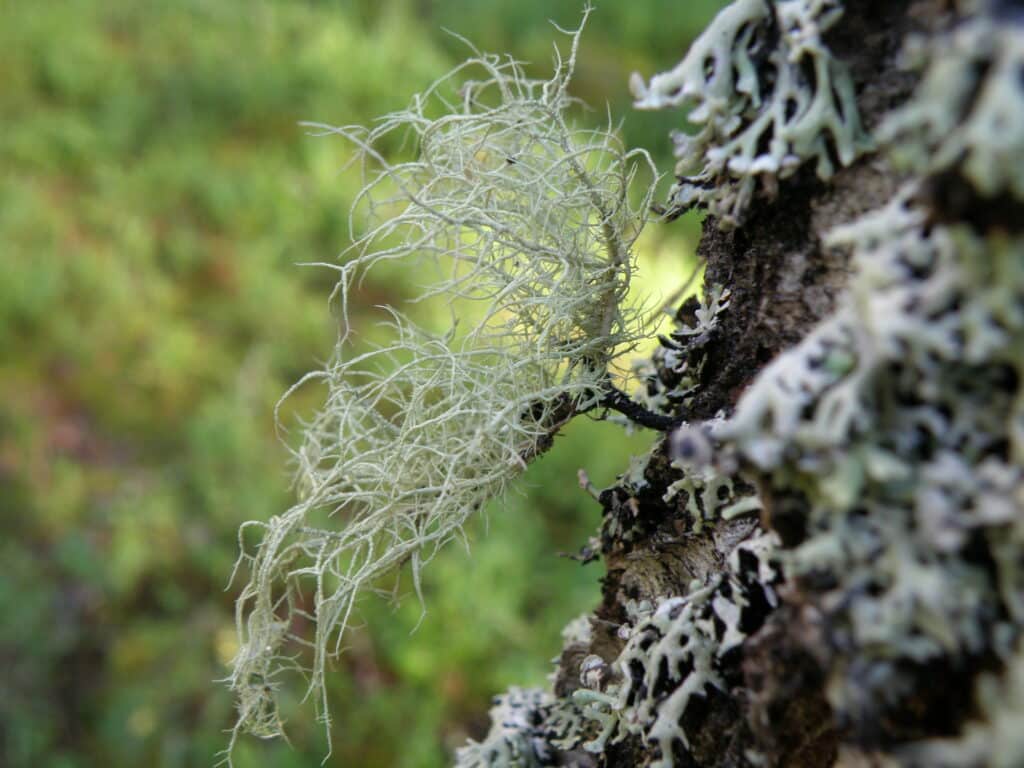The hermit beetle (Osmoderma eremita)
The hermit beetle (Osmoderma eremita) is a beetle whose larvae feed for 3–4 years on the decayed wood in the cavities of oaks, lindens, maples, horse chestnuts and other broad-leaved trees. The laws of Latvia and the EU require that hermit beetle deposits be protected by creating micro-reserves in areas where the species is found.
The variable chafer (Gnorimus variabilis)
The variable chafer (Gnorimus variabilis) is even rarer than the hermit beetle. This beetle is listed in category 1 of the Red Data Book of Latvia, and micro-reserves are also required to protect this species.
The large pine weevil (Hylobius abietis)
The large pine weevil (Hylobius abietis) has tentacles at the tip of the weevil rather than at the base. Adult beetles live for 1–4 years and gnaw on the bark and buds of conifers, while larvae gnaw on the roots of dying and felled conifers, creating long and fairly wide passageways.
The common pine shoot beetle (Tomicus piniperda)
The common pine shoot beetle (Tomicus piniperda) is one of the most common pine pests in Northern Europe, primarily damaging pines but also threatening spruce and larch. The most damaging are the adult beetles that eat the young pine shoots. Larvae develop in passages under the bark of trees.
The common cockchafer (Melolontha melolontha)
The common cockchafer (Melolontha melolontha) is a brownish-black beetle that can grow to be 3.5 cm long. The beetles emerge in late May or early June and live for 4–6 weeks, feeding on the leaves of various deciduous trees. The larvae develop in the soil for 3–4 years and gnaw on tree roots.
The forest cockchafer (Melolontha hyppocastani)
The forest cockchafer (Melolontha hyppocastani) is a beetle that can grow to be 2.5 cm long. Although this species is less common, it can cause damage to pine plantations. Unlike the common cockchafer, the back of its body is more blunt and hairy. The development cycle of the beetle lasts 4–5 years.
